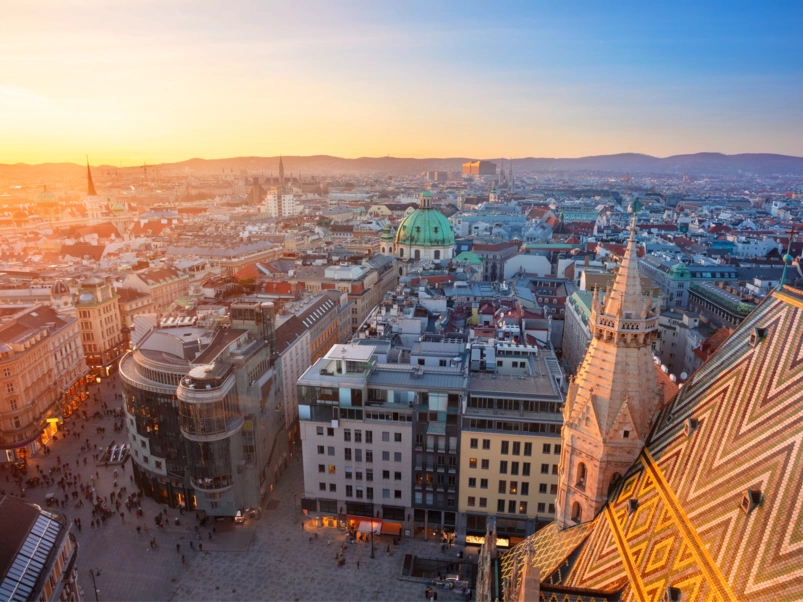
Feuerflamme
Cherry wood naturally possesses a wonderful reddish color, and in this case, the artist has transformed it into a highly emotional wooden sculpture. It radiates and warms us as we gaze upon it. Nevertheless, it does not find rest. This emotionality is supported by the lively grain of the matte, gleaming rootstock. The irregular shape follows the natural growth and emphasizes the nervous flickering of flames.
Different types of wood also have different temperaments. Imagine if the sculpture were made of oak wood instead of cherry wood. It would never have been given the name and form of a flame. The quality of the material here dictates the direction.
A quirk of nature has brought together both the warming red of the flames and their flickering in this form of the rootstock. But it was the artist who recognized this coincidence and reduced his work in such a way that both elements, form and color, were preserved and even intensified in their effect.


_255_1_d7edf2a77f91245459d4dd72c2752db0.jpg)
_267_1_74a878bfa8b1305e359d06d22676c509.jpg)